Want to Actually Feel Good in 2024? The Mediterranean Diet Is the One to Follow
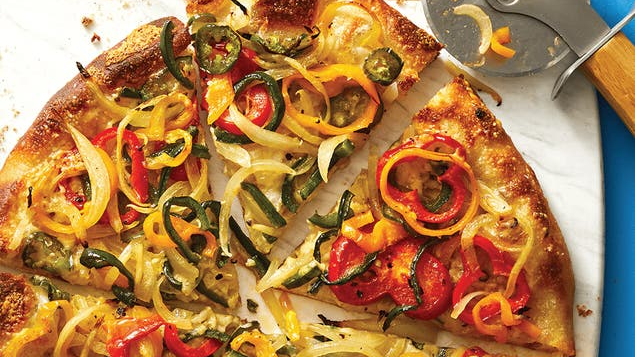
"Hearst Magazines and Yahoo may earn commission or revenue on some items through these links."
New year, new you? Let's lean into “new year, even better you,” instead.
It’s unrealistic to think you can (or need to!) totally revamp your life just because we’ve kicked off a new calendar year. The pressure of that mindset can actually be damaging, especially when your focus is on making improvements to what and how you eat. Big change doesn’t happen overnight, and in fact, your chances of reaching and maintaining your wellness goals is actually better when you make smaller changes over time — these are just as meaningful and will make you feel consistently proud and accomplished as they stack up to eventually equal big change.
“I’d encourage you to make small and manageable changes to your diet and eating habits that feel sustainable for you and your lifestyle. Even starting out with one better-for-you swap a week is a great start — these small shifts can have a tremendous impact on our health and wellbeing,” says Stefani Sassos, M.S., R.D.N, C.D.N, director of the Good Housekeeping Institute Nutrition Lab.
OK, you may be thinking, but where do I begin? Knowing more about some of the healthiest eating styles is a helpful first step. To help you out, we’ve selected the diets we think are best when it comes to “rules” (spoiler alert: restriction isn’t our vibe!), their benefits and one’s ability to stick to them for the long haul.
Our top picks for the best diets of 2024:
Best Overall Diet: Mediterranean Diet
Best Plant-Based Diet: Flexitarian Diet
Best Diet for Weight Loss: Noom
Best Lifestyle Diet: Blue Zones Diet
“Most of these diets are really just healthy eating patterns or a balanced way of eating. They are not overly restrictive and don’t wholly eliminate food groups,” Sassos adds.
Editor's note: Take time to speak with your primary care provider and/or a registered dietitian before making changes to your diet. Pre-existing health conditions may prevent some from following prescribed dietary plans without affecting their health in unexpected ways. Make sure you identify any specific nutritional needs or potential physical side effects before selecting a long-term diet. Also note that weight loss, health and body image are complex subjects — before deciding to go on a diet, we invite you to gain a broader perspective with our exploration into the hazards of diet culture.
But before we get into all the delicious ways to eat for both health and satisfaction, it’s also useful to know what habits and behavioral tweaks can support your journey to healthier eating and total body wellness.
Keep Sassos’ top tips in mind along the way:
Remember that even if nutrition is your main goal, it’s not the only piece of the health equation. “Getting adequate sleep, moving your body regularly and taking care of your emotional and mental health are equally, if not more, important,” Sassos says.
Lean into mindful eating. This circles back to the behavioral piece of adopting a healthful eating style. Learn how certain foods make you feel (energized, sluggish or an instant appetite filler?) so that you can eat in a way that works best for you and your body, not necessarily just the way you’ve been taught growing up or while yo-yo dieting. “One thing that traditional diets lack is an emphasis on eating behaviors. Getting in touch with your body cues and feelings of hunger and fullness doesn’t happen overnight, but is something to work toward so you can learn to trust your body when it comes to eating to feel your best,” says Sassos. Putting down your phone or committing to eating at the table instead of in front of the TV are other smart mindful eating tactics.
Find a happy medium when it comes to overeating or undereating. “Fasting or skipping meals can lead to a feast-or-famine mentality, even if you find yourself doing it simply because you’re rushed and not to follow some social media trend. “Your body needs fuel throughout the day to function at its best,” says Sassos. If you find yourself overdoing it at night, do a quick scan and make sure you’re eating enough during the day; strive to build balanced meals (plenty of protein, complex carbs and healthy fats) and incorporate healthy snacks that are easy to take on the go (like nuts, whole fruit, Greek yogurt cups and popcorn).
Slow down. It takes your stomach 20 minutes to signal to your brain that it’s full, so if you’re scarfing down your evening meal in half that time, you’ll likely overeat. Taking time to savor every flavor, texture, and aroma is a form of mindful eating that can also help you take down the pace, Sassos says.
Use these diets as a guide, not the end all be all. “Ultimately, you don’t have to follow these diets perfectly to reap their benefits. Use them as a foundation for how to build an overall healthy plate — then once you’ve got the hang of it, you can pick and choose which components of the diet work best for you to create something customized and unique for your needs,” says Sassos.
Best Overall Diet: Mediterranean Diet
This style of eating is one of the most balanced and sustainable you can follow, filled with the ideal mix of foods for good overall health, longstanding energy and disease prevention. “Coming from a Greek family, I grew up eating a Mediterranean diet. But it truly never felt like a diet, which is why I think this way of eating has stood the test of time,” Sassos says. “It’s approachable, sustainable, balanced and most importantly delicious — because healthy food should taste good and be something you look forward to eating.”
Don’t just take our word for it: The Mediterranean diet has a ton of research backing its benefits (“more than any other diet out there!” Sassos adds), which include supporting heart, brain and overall health, as well as longevity.
WHAT YOU'LL EAT: The Mediterranean diet emphasizes a variety of fresh fruits and vegetables, which naturally nourish your body with a plethora of antioxidants, vitamins and minerals. Healthy fats from sources like olive oil and avocados are front-and-center. You’ll also be able to enjoy plenty of protein-rich fatty fish alongside whole grains like barley and farro and an abundance of super-charged legumes, nuts and seeds that deliver more fiber and plant-based protein.
If you are interested in a slightly more structured plan, you can check out Good Housekeeping's 28-Day Mediterranean diet plan.
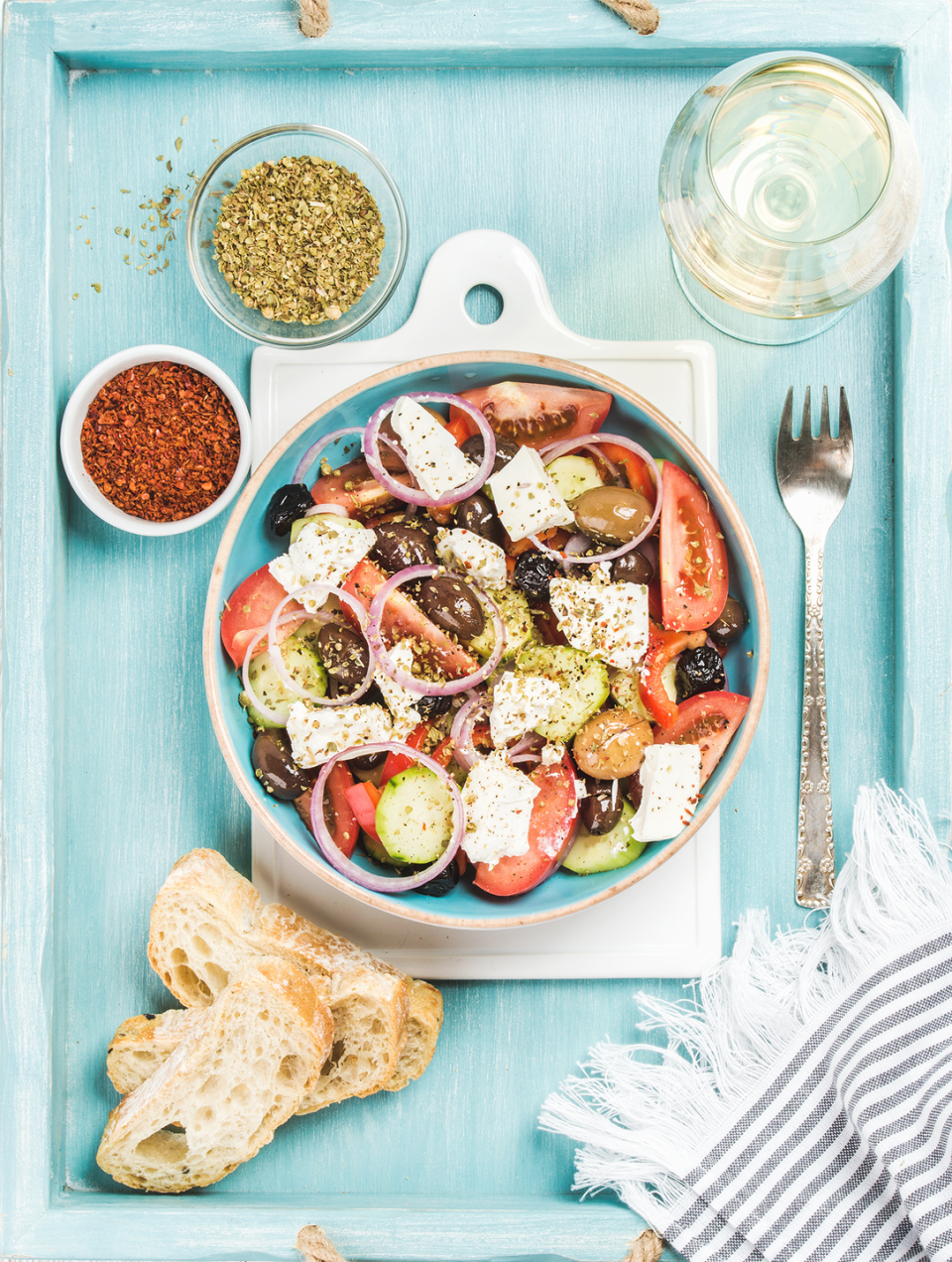
Best Plant-Based Diet: Flexitarian Diet
Flexitarian might sound like a fancy and complicated word, but it actually just describes a flexible vegetarian. That’s an attractive approach because health and nutrition experts tell us it's important to eat more plants — and if you’re a plant-based newbie and not sure where to start, this diet is for you. “A flexitarian way of eating is really approachable, practical and inclusive. If you’re not ready (or interested in) going fully vegan or vegetarian, eating like a flexitarian is a great place to start,” Sassos says. “The flexibility makes it more sustainable in the long run.”
Basically, you add more foods grounded in plants, but aren’t expected to abandon animal products completely. The idea is to eventually start naturally eating fewer and fewer animal-based products without feeling like you’re missing out. It’s also common for flexitarians to be more mindful with the animal products that they do choose to consume. For instance, reaching for sustainable seafood or grass-fed meat when enjoying those types of foods.
WHAT YOU'LL EAT: Obviously there's an emphasis on plenty of fresh fruits and veggies (are you seeing a trend, yet?!); whole grains or plant-based pasta and rice; plant-based protein sources that come from nature (such as beans, lentils, tofu, tempeh and jackfruit) over processed meat-free products; healthy fats from olive or avocado oil and nuts and seeds.
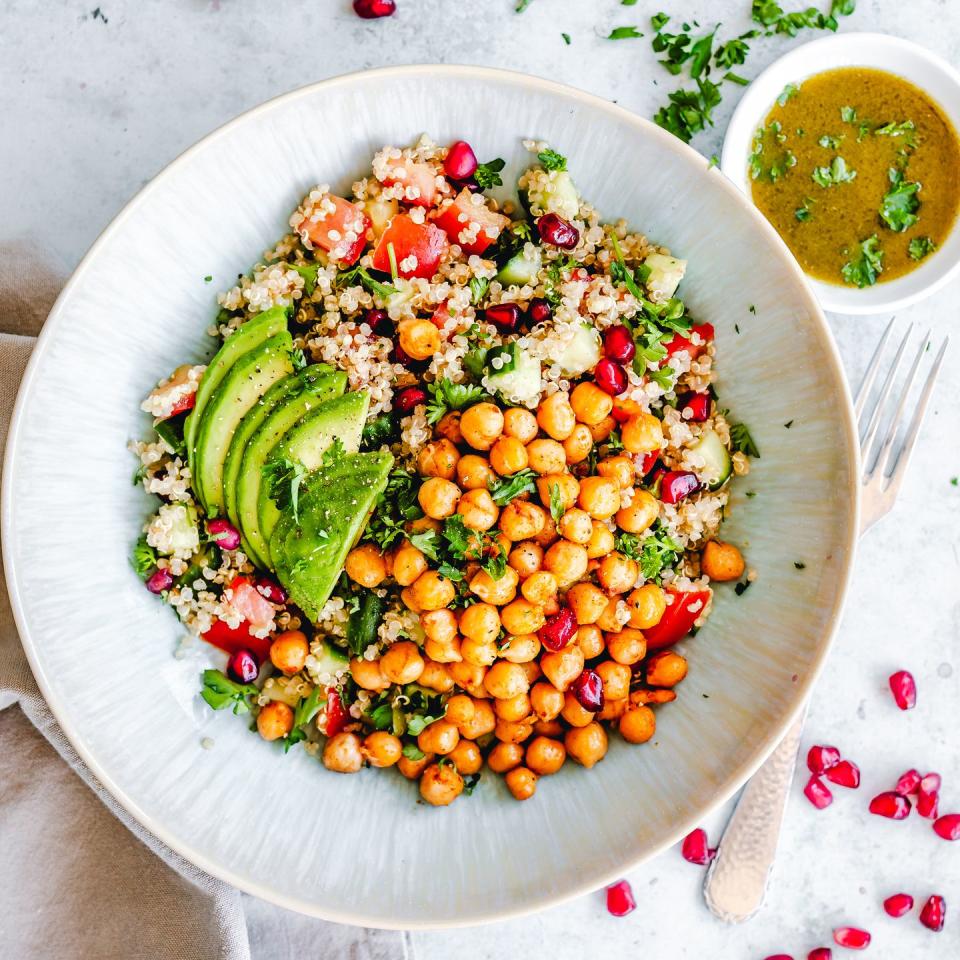
Best Diet for Weight Loss: Noom
This diet seems to be perpetually trending, and we understand the hype. “Noom is designed by psychologists, nutritionists and personal trainers, so it places a focus on behavior changes and making an effort to install long-term healthy habits,” explains Sassos. “For a weight management program, this is key, as it can help you build sustainable results and prevent yo-yo dieting.” It combines food tracking, individualized coaching and cognitive behavioral therapy techniques top help you achieve your weight loss or weight maintenance goals, so this diet may be helpful for people who desire a tad more structure and guidance.
Here's how it works:
After you sign up and download the Noom app, you’ll get a personalized calorie breakdown based on a series of lifestyle questions.
You track the foods you eat by searching a database or scanning barcodes.
Log exercise, weight, blood pressure and blood sugar for those on diabetic-specific plans.
Receive in-app one-on-one health coaching.
Stay motivated with interactive articles and quizzes.
WHAT YOU’LL EAT: Noom uses a unique color-coded food system, which sorts foods into different categories based on caloric density.
Green foods: These are the least calorie-dense and/or contain the highest concentration of healthy nutrients. Examples include certain vegetables, fruits, egg whites, tofu, shrimp, non-fat milk and non-fat dairy products and more.
Yellow foods: These have more calories and/or less healthy nutrients per serving than green foods. They include avocado, salmon, lean ground beef, black beans, olives, hummus and more.
Red foods: These are the most calorie-dense foods and/or have the least healthy nutrients. Examples include full-fat dairy products, nut and seed butters, unsalted rice cakes and more.
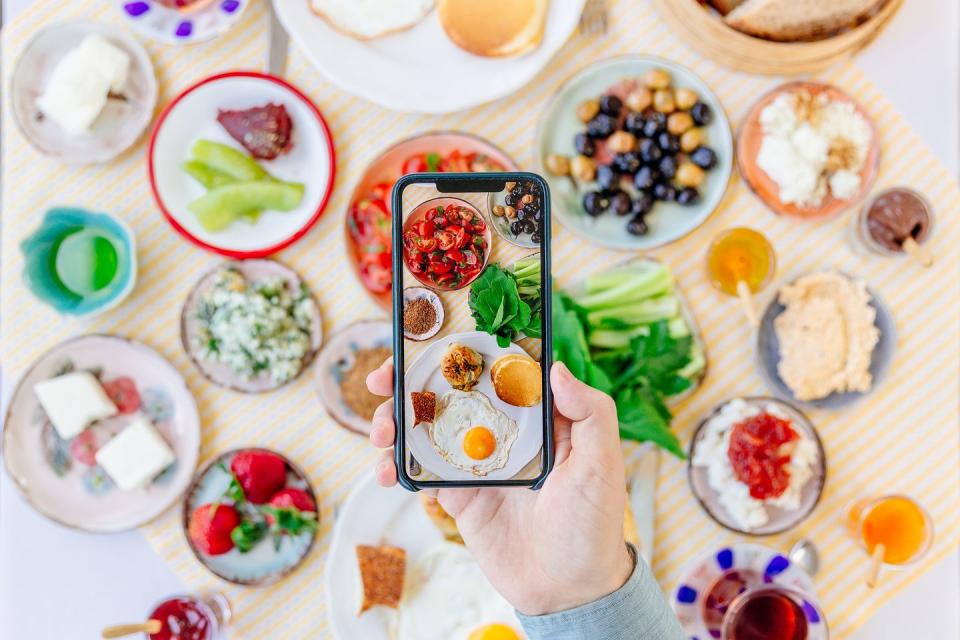
Best Lifestyle Diet: Blue Zones Diet
This one isn’t officially labeled a diet — it’s more like a healthy eating pattern plus complementary lifestyle combined, but that’s exactly why we love it so much. Oh, and it’s also pretty cool that this is how the world’s healthiest and longest-living people live. “The Blue Zones is a prime example that nutrition is only one small part of the health equation. What we eat plays a role in longevity, but movement, sleep, connection and community are just as important when it comes to a holistic approach to a healthy diet and lifestyle,” says Sassos.
The Blue Zones were popularized by Dan Buettner, who teamed up with National Geographic and the National Institute of Aging to assemble a team of anthropologists, epidemiologists and researchers who were able to identify five areas with the highest percentage of centenarians (people who live to 100!). These regions also have low rates of chronic diseases including heart disease, diabetes and cancer.
“If you look really closely at the eating patterns of people who live in the Blue Zones, there is an emphasis on plants (though many of these populations eat meat, too). The key is choosing good quality foods from good quality sources that have sustainability at the forefront,” Sassos says.
WHAT YOU’LL EAT: There’s a big emphasis on whole grains, nuts and seeds, healthy fats, lean protein and lots of fresh fruits and vegetables. You can find a full grocery list in Buettner’s latest book, but here’s a sneak peek of some of the top foods from each of the Blue Zones:
Sardinia, Italy: olive oil, red wine, fennel, sourdough bread
Okinawa, Japan: Seaweed, tofu, fermented ingredients such as miso, purple sweet potatoes, sesame oil
Nicoya, Costa Rica: Black beans, yuca, ground corn
Ikaria, Greece: Potatoes, oregano, lemons, sage
Loma Linda, CA (USA): Largely vegetarian with a sprinkling of staples from other cultures, such as vegemite
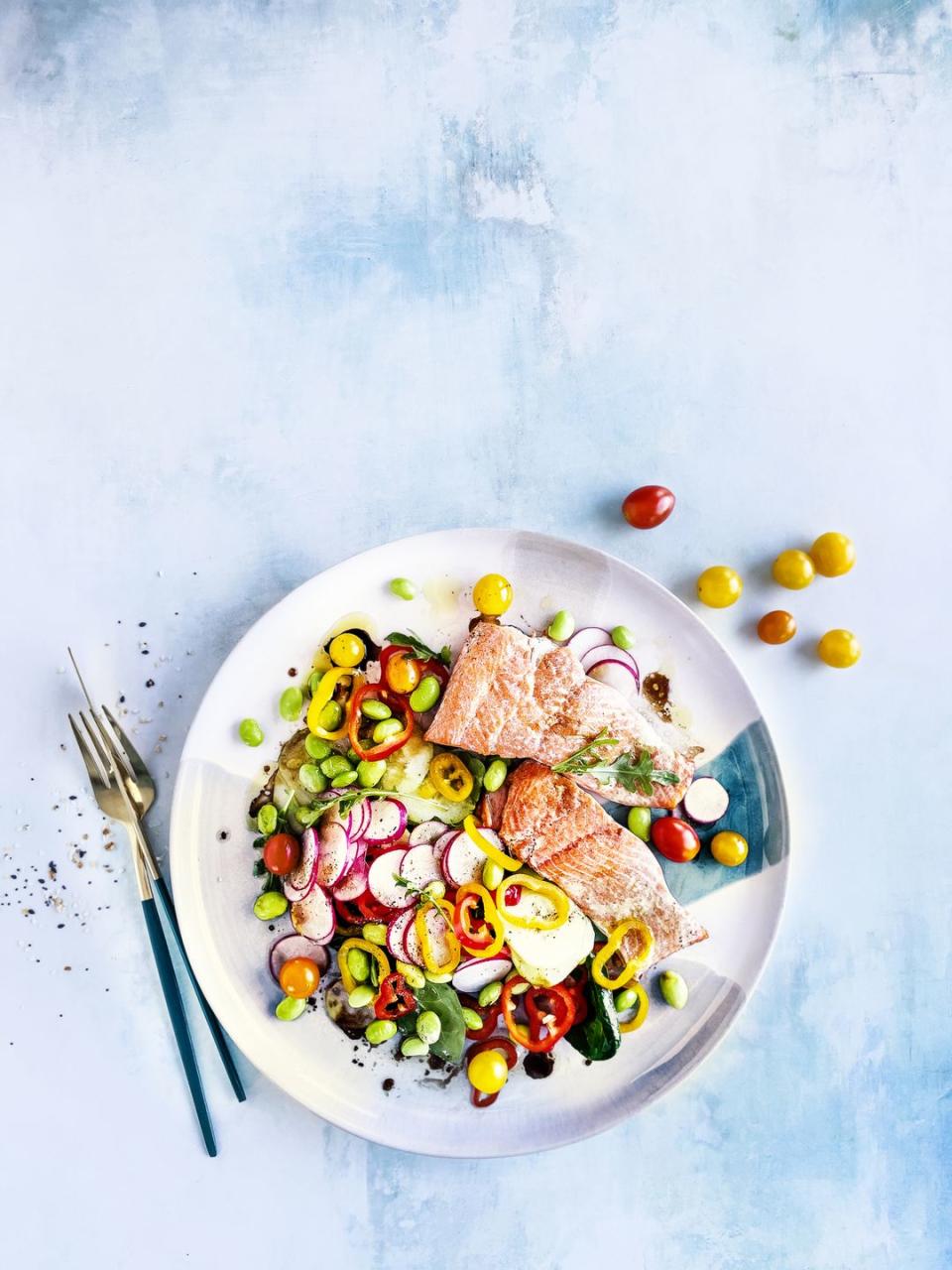
You Might Also Like

